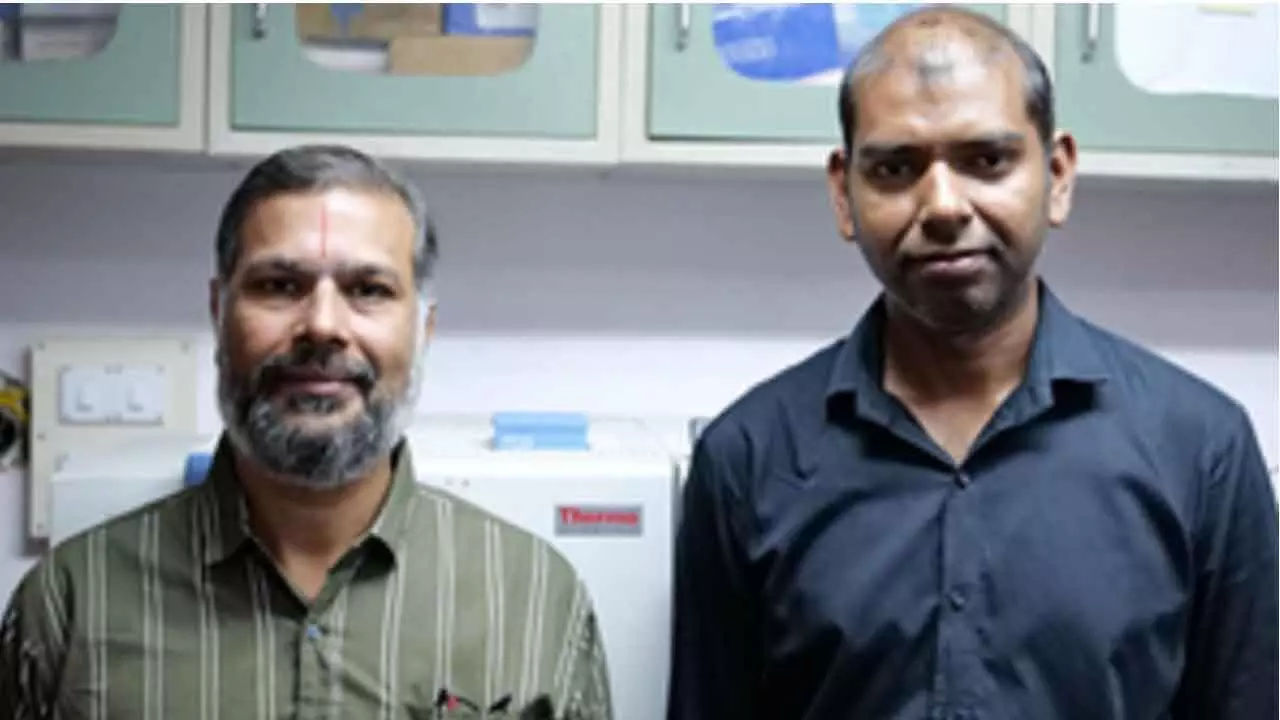IIT-G Finds New Way To Free Wastewater Of Ammonium
Maintaining stable sleep patterns, whether short or long, crucial for healthy ageing: Study
The reseachers’ team from IIT Guwahati

Guwahati: Researchers from the Indian Institute of Technology (IIT) Guwahati have developed a groundbreaking method to remove ammonium from wastewater by using a combination of microalgae and bacteria.
The approach not only offers a sustainable solution but also drastically cuts down on energy consumption compared to traditional wastewater treatment methods, said the team led by Prof. Kannan Pakshirajan at IIT Guwahati.
Ammonium in wastewater, derived from sources like domestic sewage, industrial waste, agricultural runoff, and landfills, poses serious environmental and health risks.
It can lead to harmful algal blooms, increased water acidity, and oxygen depletion in aquatic ecosystems. Traditional ammonium removal methods involve oxygenation, which accounts for up to 90 per cent of a treatment plant's energy consumption.
Pakshirajan's team designed a photo-sequencing batch reactor (PSBR), where microalgae produce oxygen during photosynthesis, which is then utilised by nitrifying bacteria to convert ammonium into nitrate, followed by denitrification under anoxic condition using denitrifying bacteria to form nitrogen as the end product.

